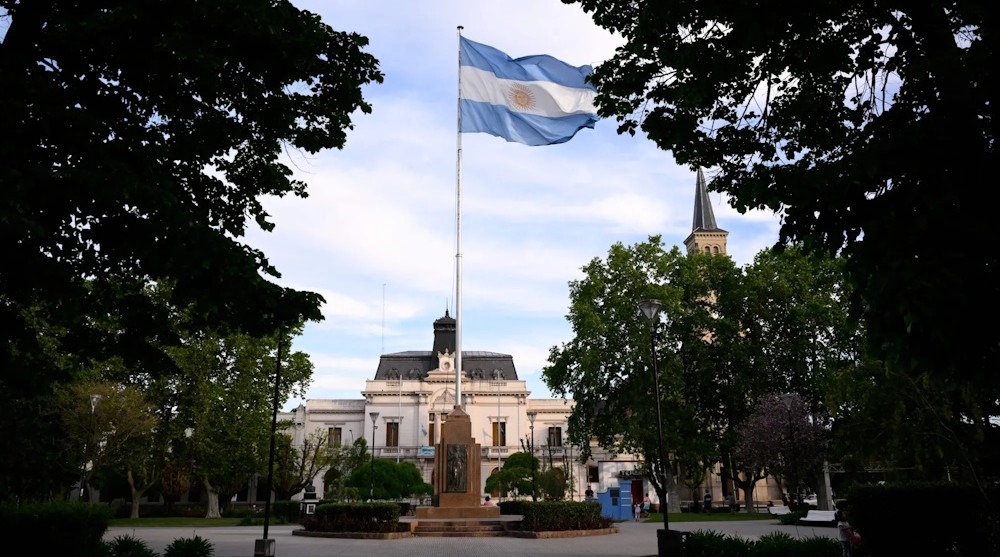The United States swiftly moved to stabilize Argentina’s economy on Thursday, providing US$20 billion in financing and executing an uncommon intervention in currency markets to support the peso following weeks of significant declines. Washington has finalized a US$20-billion currency swap framework with Argentina’s Central Bank, as stated by Treasury Secretary Scott Bessent in a social media post. The US also directly purchased pesos, a move that follows unsuccessful efforts by Argentine authorities to stabilize the exchange rate independently. Trump and Bessent are wagering on a country that has experienced multiple defaults and devaluations over the past several decades. The objective is to assist their political ally, President Javier Milei, in securing a victory in the midterm elections on October 26, while also soothing markets that are anxious about the potential resurgence of his leftist opponents.
“The US Treasury is prepared, immediately, to take whatever exceptional measures are warranted to provide stability to markets,” Bessent stated. Milei expressed gratitude for the intervention, acknowledging Bessent and President Donald Trump in a post. “Together, as the closest of allies, we will create a hemisphere characterized by economic freedom and prosperity,” he stated. Bessent described Argentina’s challenges as “a moment of acute illiquidity,” indicating that he perceives no fundamental problem with its capacity to fulfill its debt obligations. The specific expectations of the United States from Argentina in exchange for its assistance remain ambiguous. Milei has refuted claims that the United States requested Argentina to eliminate a distinct US$18-billion swap line with China. Speculation had increased prior to Bessent’s announcement regarding the possibility of the US urging Argentina to permit a free float of the peso; however, the Treasury chief asserted that the country’s “exchange rate band remains fit for purpose.”
“Argentina’s policies, when anchored on fiscal discipline, are sound,” Bessent stated. He also mentioned that he engaged in discussions regarding potential investment incentives for US companies considering business opportunities in Argentina. Argentina’s dollar bonds experienced a notable increase across the curve, with several of the country’s most liquid notes rising by over four cents on the dollar, reaching session highs. The peso commenced the day with a decline of 2.7 percent, as local authorities refrained from intervening in the market for the first time in over a week, ultimately concluding the day 0.7 percent stronger against the dollar. Trump and Milei are scheduled to convene at the White House on October 14 for their second meeting, following discussions that took place during the United Nations General Assembly. The announcements come after a series of discussions between US officials and Argentina’s economic team, which includes Economy Minister Luis Caputo, who also engaged in talks this week with International Monetary Fund Managing Director Kristalina Georgieva. Argentina stands as the Fund’s largest debtor, with an outstanding obligation of approximately US$55 billion following a series of bailouts.
The newly established bilateral “swap” is expected to diverge from the swap lines that the Federal Reserve maintains with other central banks in developed economies, bearing a closer resemblance to mechanisms employed by Washington during the bailout of Mexico three decades prior. While US assistance may provide temporary stabilization to Argentina’s erratic markets, it has already faced scrutiny from both political parties in Washington for its potential contradiction to Trump’s “America First” policy. Milei has consistently asserted that government is not the solution, using a chainsaw as a symbol to represent the need for cuts in federal spending in Argentina. After pledging to shut down his Central Bank during his campaign two years ago, the currency swap line now operates through it. Trump’s financial support for Milei is in addition to the US backing a distinct US$20-billion agreement with the IMF for Argentina established in April. That marked Argentina’s third bailout from the fund since the onset of Trump’s initial term.

